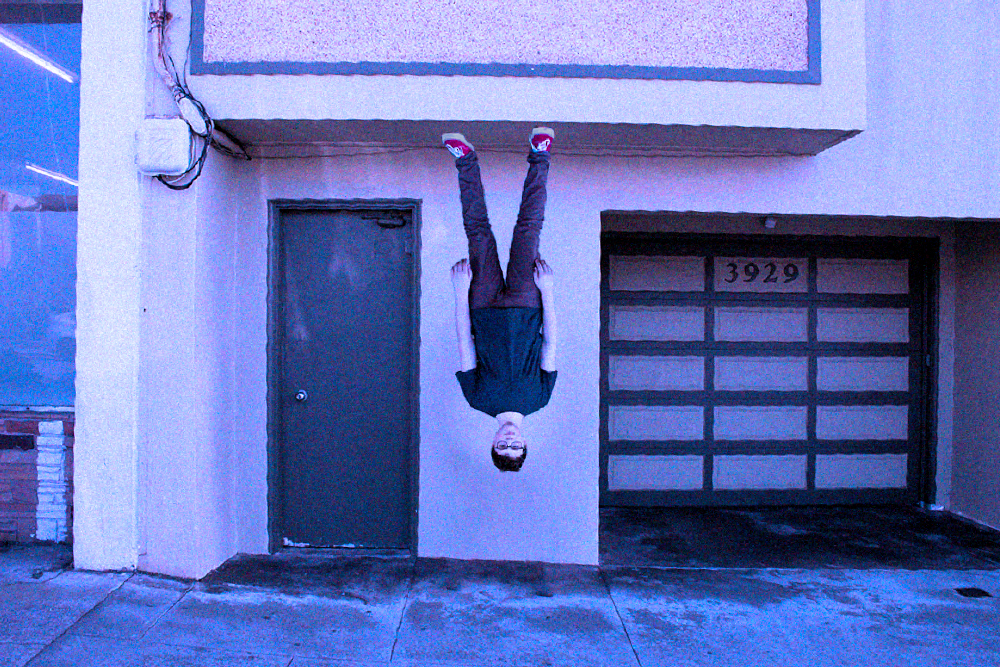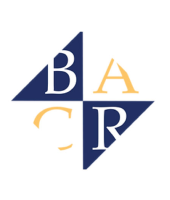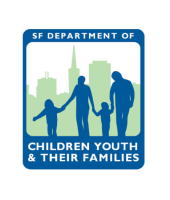Photos are weird. They’re considered the ‘realistic’ art form. Pictures capture a moment in time and then the viewer sees what the photographer saw. But not anymore! With Photoshop becoming more and more widely available, it has changed the way we perceive photos. After a few hours of editing, real life can become a fantasy. It’s completely altered how people interpret photos.Background can be changed, lighting can be altered dramatically. This new capacity has created a whole new world that blurs the line between fact and fiction. In some cases, this leads to creative expression that was unthinkable in the past. In other cases, it has led to political manipulation that can feel dangerous, so much so that Adobe (who makes Photoshop) has even created an AI application that is learning to detect photoshopped images.
As a kid, I’ve always loved editing and photography. In the fourth grade, my friends all got YouTube channels and I would edit all of their videos, create their thumbnails, and design their whole channel. As you can tell, I spent a lot of time outdoors too! When I was five, I got my first camera, a light blue Canon Power Shot. I took photos of everything for many years, but it wasn’t until age 11 when I put editing and photography together. I got into making dumb edits, warping, and just trying to have a good time. But as I got older, and learned more about the world, I realized the power Photoshop contained. For this column, I want to test, not only the limits of photoshop, but the limits of the perception of what is real. How far can reality be pushed before it breaks? In my column, we are about to find out!





